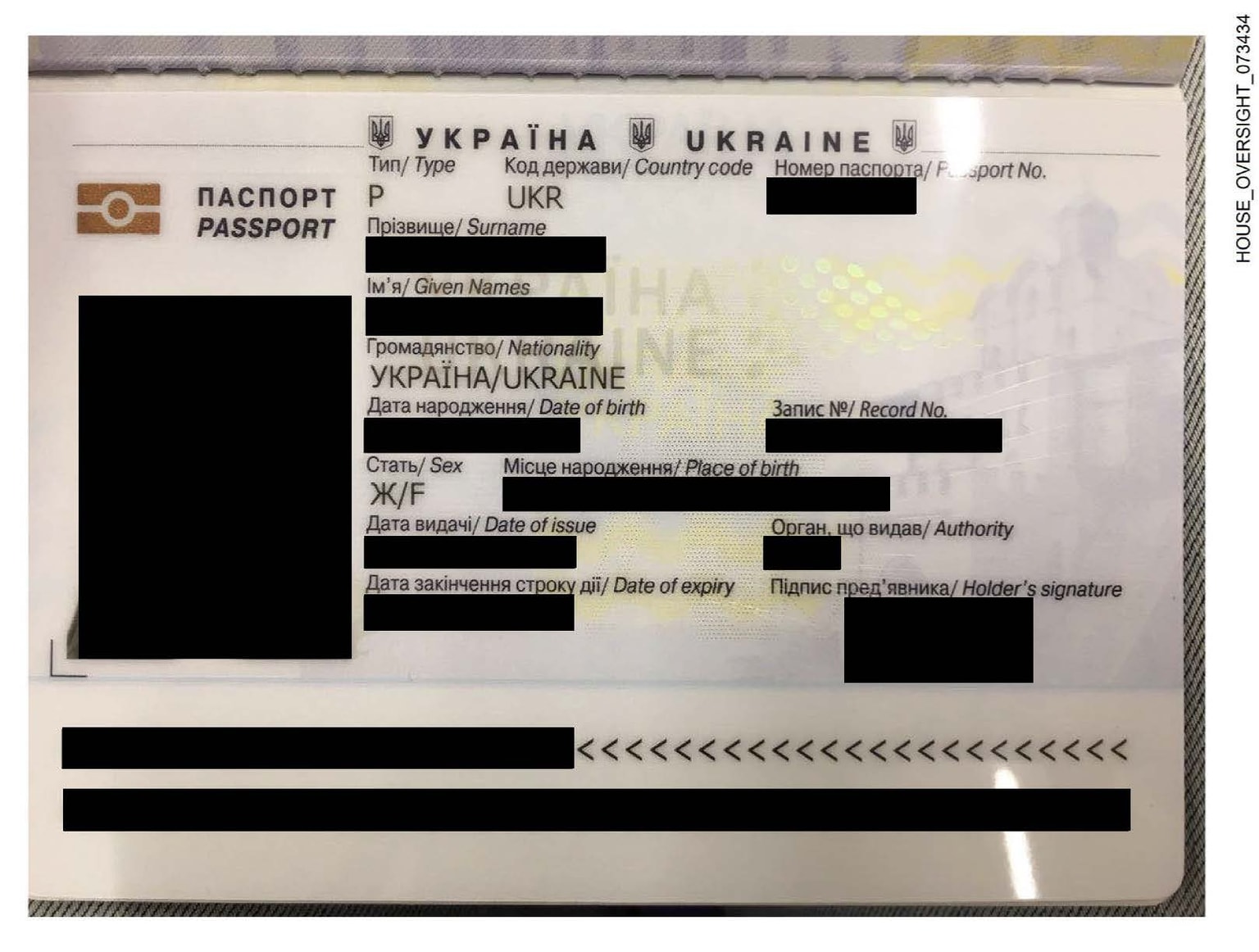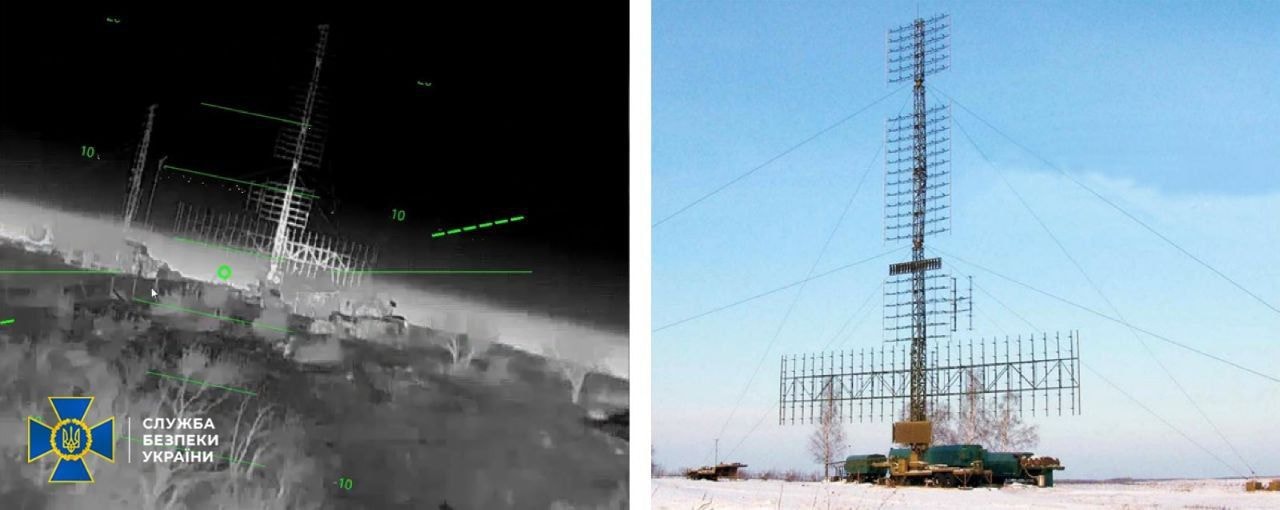Ukraine Business Roundup — Minerals deal saga continues

The following is the April 16, 2025 edition of our Ukraine Business Roundup weekly newsletter. To get the biggest news in business and tech from Ukraine directly in your inbox, subscribe here.
If you’re getting tired of the constant back and forth of the minerals deal, so am I, and this last week has offered little relief.
Ater a Ukrainian delegation traveled to Washington last week on April 11 for what Kyiv called “technical consultations” on a deal to give the U.S. access to Ukraine’s mineral resources, reports emerged that the talks had gone really poorly.
Most of what the public found out of those “consulations” came from a Reuters report citing a source familiar with the discussion. "The negotiating environment is very antagonistic," the source told Reuters.
But then suddenly over the course of the day on April 16, reports emerged that there was some movement on the deal. Bloomberg reported, citing undisclosed sources, that the Trump administration has lowered the payback for the provided aid it seeks under the minerals agreement with Ukraine from $300 billion to $100 billion.
Later in the day, Deputy Prime Minister and Economy Minister Yuliia Svyrydenko said that U.S. and Ukrainian negotiators had made "significant progress" in talks on a minerals deal, and it could be concluded in the "near future.”
Does this mean we have a deal? Not so fast. Opposition lawmaker Yaroslav Zhelezniak who has seen draft versions of the deal and has been actively commenting on its progress on his popular Telegram channel wrote that it appears what is likely to be signed first is a memorandum of understanding outlining the agreement — the deal governing the actual investments, or fund agreement as its known, will still come later.
Sound familiar? That’s because that’s exactly how the deal was supposed to go down before the now-infamous Oval Office showdown that derailed the agreement being signed. The ensuing tension continued to rise after a leaked version of the fund agreement showed the U.S. wanting unprecedented control over Ukraine’s sovereign resources.
There was also the glaring issue that the agreement would interfere with another, similar deal Ukraine already signed with the EU, and the fact that there continued to be no real security agreements for Ukraine tied to the minerals deal at all — although Kyiv, at least publicly, seems to have given up tying minerals investments to firm security commitments from the U.S.
We’ll see what happens — but one interesting idea floating around town is that Ukraine is actually okay with this whole thing dragging out — better that than be forced somehow into signing a bad deal that gives the U.S. too much control over Ukraine’s soverign resources. And everyone knows that memorandums of understanding are usually worth little more than the paper they’re signed on. Ukraine could sign that part just to make the Americans feel they’ve accomplished something, and let the fund agreement get bogged down in Ukraine’s parliament — where it will have to be ratified.

Ukraine’s missile-making history, and future
Where the Donbas meets the Dnipro River, the USSR built out a dense range of massive factories, using the local coal and metal reserves to smelt, weld, and cast the heaviest of machinery — and weaponry — for the whole of the Soviet Union, defense industries reporter Kollen Post writes in his latest.
One of these is Pivdenmash, formerly known by the Russian name, Yuzhmash, a factory that is effectively a city unto itself in the south of the city of Dnipro in central-eastern Ukraine. The great builder of the Soviet intercontinental ballistic missile (ICBM) arsenal and space launchers, Pivdenmash, a short form of the Ukrainian for “Southern Machine-building Plant,” is today a shadow of its former self.
The greatest hope for Ukraine’s military-industrial complex is to survive wartime and link with the European Union. That wouldn’t only serve Ukraine’s long-term self-defense. The EU, which has spent the last 30 years assuming the protection of the U.S., also stands to gain more from these factories’ survival rather than let nigh-irreplaceable massive machining equipment rust out and generational expertise die off.
Read the full story here.

War-time realities
I feel at times it’s necessary to remind our readers what companies here in Ukraine are enduring and surviving to keep their business going.
A Russian missile strike on the city of Dnipro on April 10 that killed a man and injured nine people also destroyed part of a storage facility belonging to Biosphere Corporation, a major Ukrainian manufacturer of household goods.
If you have been to Ukraine or live here, you have almost certainly either seen or even bought the company’s products. Its wet wipes are particularly popular and since the start of the war it’s been making them in a larger size for soldiers to use on the front lines where they can’t always shower.
“Russia claims that they attacked a ‘military site’ that made strategic products — sure, yes, diapers, wet wipes, tea, foil, and Easter egg decorating kits are famous military products,” Biosphere Corporation’s founder and owner Andrii Zdesenko sarcastically wrote on his Facebook page after the attack.
“While we calculated this situation and part of the production and warehouses moved in advance to other sites in Ukraine, we didn't expect it to be so painful for us,” Zdesenko wrote, adding that emergency services were working to clear the site of damages and that he would be in touch with business partners with an update in the coming days.
What else is in the news
Domestic missile production increases eightfold in 2024, Ukrainian minister says
Ukraine has significantly ramped up weapons manufacturing over the past year and is using domestically produced ballistic and cruise missiles every month, the country’s strategic industries minister said. Ukraine has also more than doubled its production of long-range drones in 2024 compared to the previous year, which is a 22-fold increase compared to 2022, Strategic Industries Minister Herman Smetanin said on April 12. In total, 324 new types of weapons were developed in Ukraine by the end of 2024.
Ukraine, EU prolong transport visa-free regime until end of 2025
This is the fourth extension of the agreement since 2022. The deal helps speed up Ukrainian exports to the EU by easing bureaucratic requirements and avoiding delays at customs. Polish media reported in February that the EU was not planning on extending the preferential trade agreement framework in its current form past its June 5 expiration date and is considering a new set of rules instead. The newly proposed framework would establish specific export and import volumes, potentially aiding Ukraine's integration into the EU single market while addressing concerns from member states about agricultural imports.
Revolut halts new customers in Ukraine after banking license dispute
London-based digital bank Revolut suspended the registration of new customers in Ukraine, the company told the Kyiv Independent on April 9, after Ukraine’s Central Bank accused Revolut of operating without proper banking licenses. Revolut has denied these allegations, saying it offers EU accounts to Ukrainians on a cross-border basis rather than establishing local operations. "This does not impact our existing Ukrainian customers; their accounts and services continue to operate as normal," Revolut's press service said.
EU to unveil delayed Russian energy phase-out plan by May 6
The European Union committed in 2022 to ending Russian fossil fuel imports by 2027 in response to Moscow's full-scale invasion of Ukraine. Despite cutting pipeline gas deliveries from Russia, the bloc continues to rely on Russian liquefied natural gas (LNG), which made up 19% of total EU gas and LNG supplies in 2024. The strategy, originally scheduled for release last month, was postponed amid growing uncertainty over U.S. President Donald Trump's new tariff policies, which could affect energy trade and strain transatlantic negotiations.
Europe's overall Ukraine aid outpaces US by $26 billion, report says
Total assistance allocated by Europe to Ukraine since 2022 stands at 138 billion euros ($157 billion), 23 billion euros ($26 billion) more than the aid allocated by the U.S., according to an April 15 report by the Kiel Institute for the World Economy's Ukraine Aid Tracker. The U.S. still holds an edge in terms of military aid — its 65 billion euros ($74 billion) total leads Europe by 1 billion euros ($1.1 billion) — but the gap is narrowing, as Washington has not allocated a new aid package since Jan. 9, still under the Biden administration.
A final note from me:
If you follow Ukraine news, you undoubtedly saw reports of Russia’s brutal missile attack on the northeastern city of Sumy. While each attack is no less tragic than another, there is something beyond imaginably heinous about attacking civilians on a religious holiday when many were out and about, spending time with family, and buying willow vines — a tradition in Ukraine on Palm Sunday. For our reporting the day of the attack, I spoke to journalists from local Sumy media outlet Cukr who were at the scene of the attack shortly after it happened and whose office was damaged in the missile strike. I am always in awe of the local media that stay in these dangerous areas to cover the communities they call home. If you want to support their work — which has also suffered from the USAID funding cuts — you can do so through a one-time donation or a Patreon subscription.









